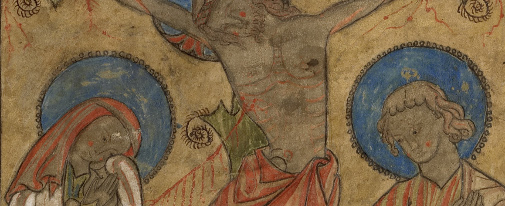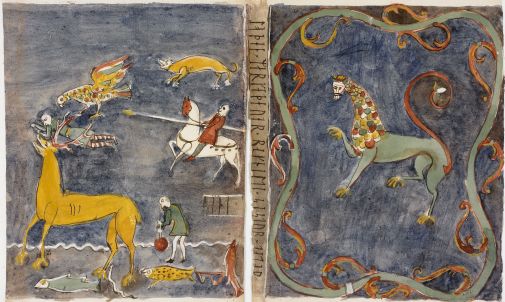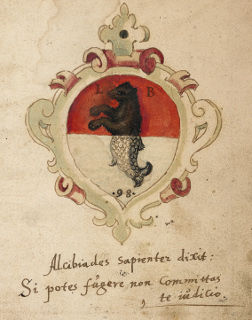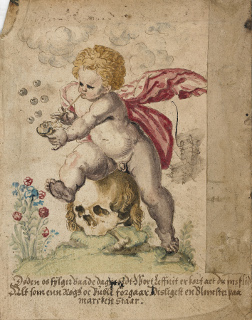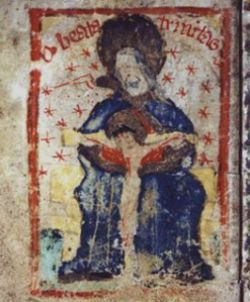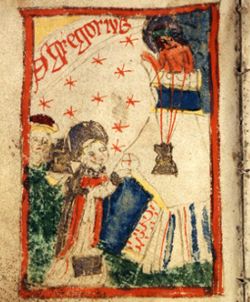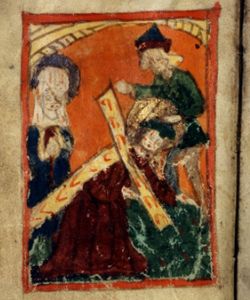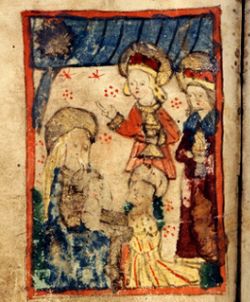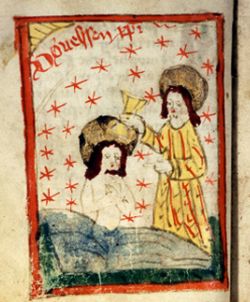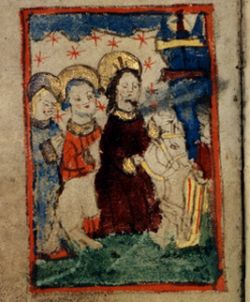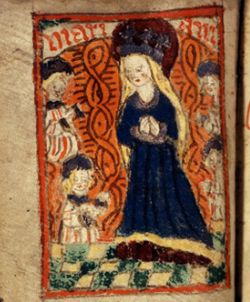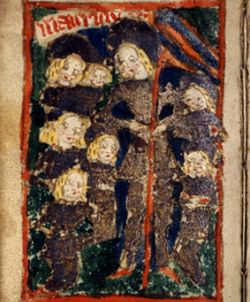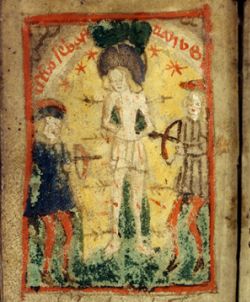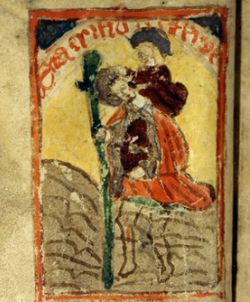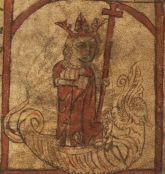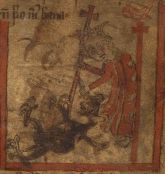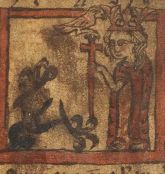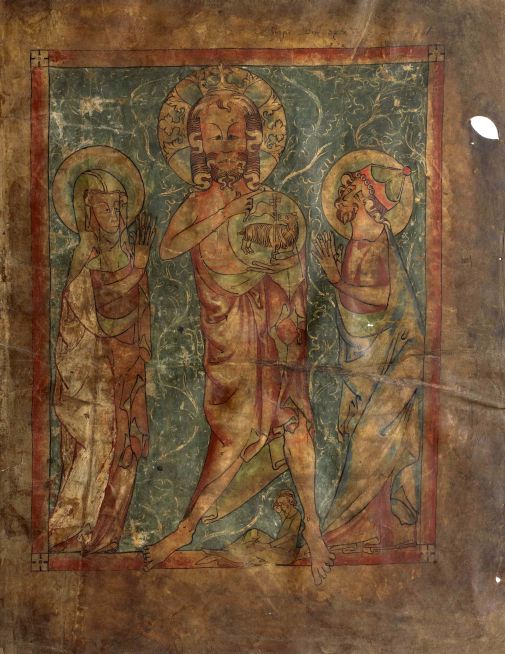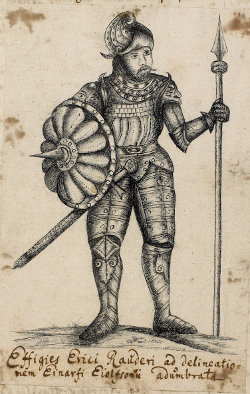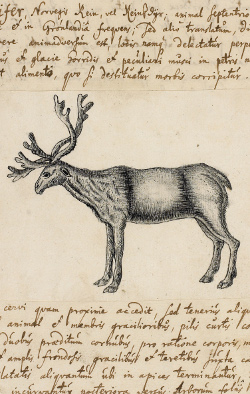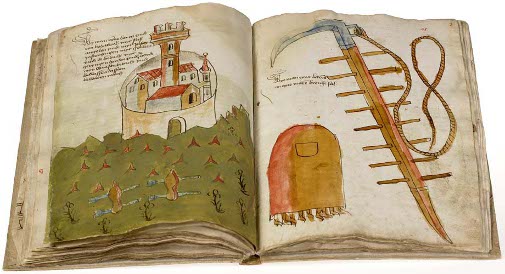Miniatures
The name comes from the Medieval Latin word miniatura, derived from minium, "red lead", because of this material having been used originally to illuminate manuscripts, an act that once was known as miniare. The term is used nowadays for pictures that are drawn on whole pages.
AM 371 fol.
The manuscript is a report from 1627 on Norwegian "antiquities", i.e. monuments. The report contains several coloured drawings and information on runestones and monuments with runic inscriptions written by Peder Alfsen, a cantor and lecturer at the learned school in Kristiania (Oslo) and doctor.
AM 79 4to
A law manuscript from the end of the 16th century that contains a Danish translation of Magnus the Law-mender's national law (1274) and later royal ordinances (13th-16th c.). The title page is decorated with an imaginary coat of arms and opposite the dust cover is a coloured depiction of the vanitas motif "homo bulla" (man is a bubble).
AM 421 12mo
Marine Jespersdatter's prayer book from the beginning of the 16th century. The book contains in all 48 small miniatures that illustrate the prayers in the book.
AM 429 12mo
A collection from around 1500 with legends of female martyrs in Icelandic. The manuscript is also known as Kirkjubæjarbók (the book from Kirkeby). The miniatures illustrate the saga of Holy Margaret and depict her execution and fight against the dragon.
AM 233 a fol.
A collection of legends in Icelandic from around 1300.
AM 249 d fol.
AM 364 fol.
A travel book on Greenland from the end of the 17th century.
AM 374 fol.
A manual in Low German on artillery from the later half of the 15th century.

